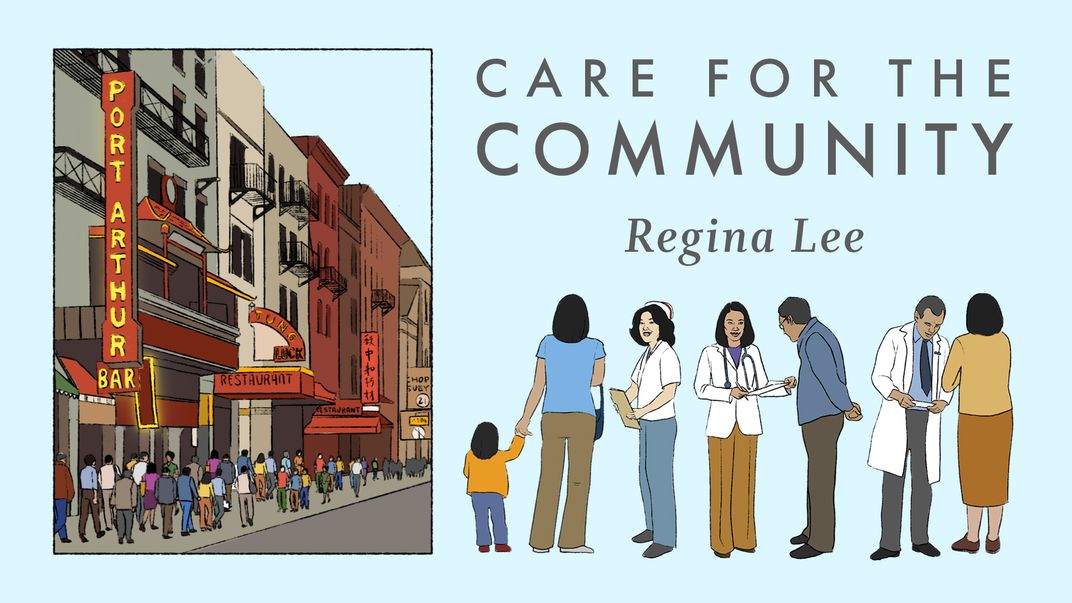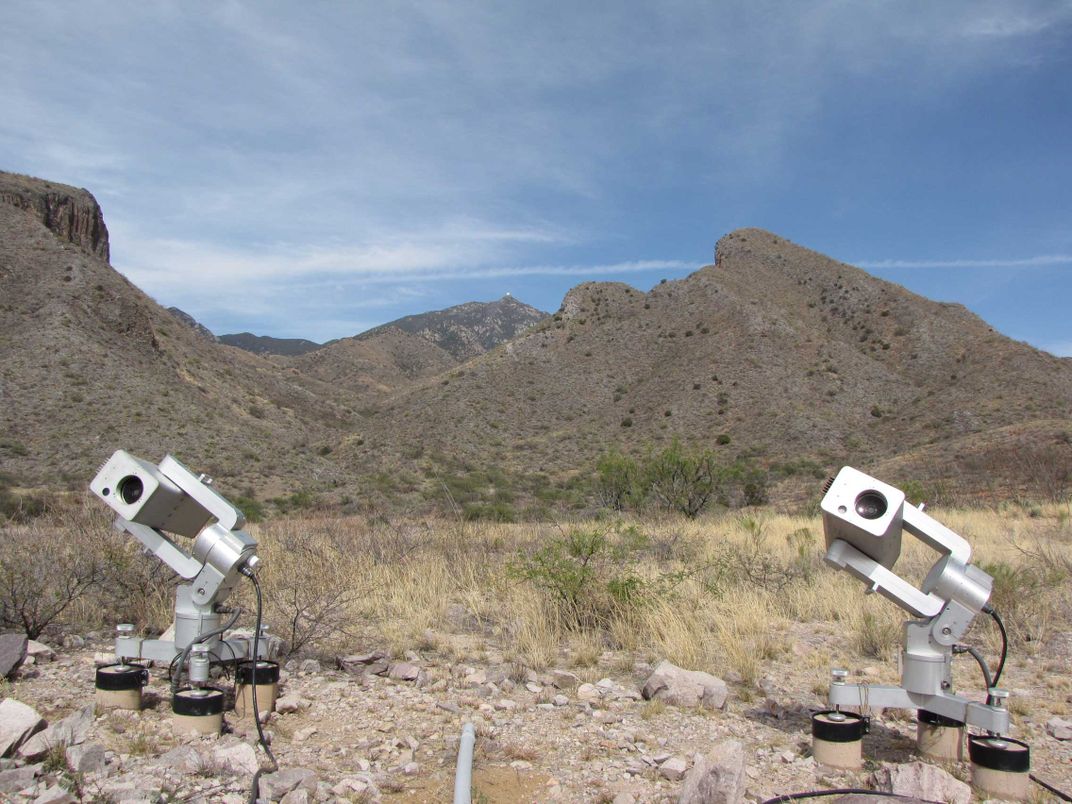
During the Smithsonian’s inaugural Educator’s Day program, teachers learned about classroom-ready tools, transferable teaching approaches, and opportunities for ongoing professional learning.
By Ashley Naranjo & Cody Coltharp
On Friday, September 17th, 2021, as part of the Smithsonian’s 175th anniversary celebrations, the Office of the Under Secretary for Education hosted its inaugural annual Educator’s Day Conference! Over 1,300 PreK-12 educators nationwide participated in 32 sessions, exploring innovative interdisciplinary lesson design, opportunities to cultivate skill development across content areas, and insights into how the Smithsonian tools and resources can enhance learning. Participants had the chance to go behind-the-scenes to talk directly with experts, get a sneak peek into upcoming exhibitions, and learn about current research initiatives at the Smithsonian.
You can watch all the archived sessions here facilitated by over 90 education and content experts, or listed individually here for replay, and access related resources via the Smithsonian Learning Lab.
In case you missed it, though, here’s a round-up of ten resources featured in the program to add to your teaching toolkit this school year.
Practice Modeling the Use of Objects in the Classroom with Free Online, Self-Paced Courses
In Bringing the Art of Close Looking to Your Classroom, educators from the National Portrait Gallery, the Smithsonian American Art Museum, and Smithsonian Enterprises collaborated with Yolanda Toni, a classroom teacher from Illinois, to showcase transferable strategies and approaches for using museum objects and artworks in teaching. Toni provided examples from her own teaching context to inspire participants and demonstrate how she’s applied this type of thinking to her own classroom. For teachers who want to extend this professional learning experience, the Smithsonian also offers free online, self-paced courses modeling the use of objects in the classroom—including Interdisciplinary Teaching with Museum Objects and The Smithsonian Summer Sessions: Interrogating the Stories We Tell.

Celebrate Hidden Stories You May Not Know with Women’s History Videos
In Women’s History in Five Minutes or Less: Celebrating Hidden Stories You May Not Know, we learned about a series of videos that are available on the Smithsonian’s YouTube channel. These videos feature stories of diverse communities and their efforts to win the vote and make change. An educator from the American Women’s History Initiative also demonstrated how a teacher might use these dynamic multimedia assets to spark engagement and discussion with students.
Weave First-Voice Narratives and Primary Source Materials into Classroom Dialogue
In Civil Intersections: Asian-Latino Solidarity Movements Toolkit and Cross-Cultural Dialogue, the educators reviewed two “Civil Intersections” resource kits: The Methodology for Classroom Implementation and The Farmworkers’ Movement Case Study. The methodology highlights a transferable civics-centered framework focused on inquiry-based learning, active learning, civic dialogue, personal reflection, and communities of practice. The Farmworkers’ Movement is the first case study released thus far by educators at the Smithsonian Asian Pacific American Center and the Smithsonian Latino Center, highlighting the people of the movement and their legacy. It presents U.S. Latino and Asian American regional and national histories to middle and high school educators, looking to weave first-voice Latino and Asian American narratives and primary source materials into their curricula.
Explore Alma Thomas through Biography, History, Art, and Science
In Alma Thomas: Teacher, Artist, Trailblazer, Inspiration, viewers engaged with the artworks of Alma Thomas through the perspectives of a museum educator and art conservator. Many of the close-looking exercises led by the Smithsonian American Art Museum are included in this collection of resources, Alma Thomas and Art Conservation, supporting inquiry-based exploration of Thomas’ work. It contains a variety of resources for educators: a video and blog about art conservation, several inquiry strategies for looking at and thinking about art, pedagogical guides, archival material of Thomas’ life, and a high-resolution retrospective of her artworks.
Introduce Speculative Storytelling and the Power of Radical Positivity in Problem Solving
In “I Saw Your Light And It Was Shining”: The Power of Imaginative Sight in Classroom Storytelling, artist Oasa DuVerney was joined by Cooper Hewitt, Smithsonian Design Museum educators to discuss using objects as a tool for speculative thinking and storytelling in the classroom, engaging students’ creativity, and supporting content learning across disciplines. The online collection, I Saw Your Light and it was Shining: Imaginative Sight, facilitates similar methods of using creativity and critical thought to respond to the objects around us.
Bolster In-Classroom Experiences with Family Learning
The Crafting Family Learning in Q?rius: Extending Classroom Experiences with Informal Education Practice session provided techniques for bridging classroom experiences to learners’ homes, using a variety of case studies from the National Museum of Natural History’s Department of Education, Outreach and Visitor Experience, including bilingual family programming, science-based crafts, and conversations with experts. Check out their website for a series of free webinars targeted for learners (pre-K through fifth grade) and their families.
Support Student Understanding of Epidemics in a Connected World
The Outbreak Spreads to the Classroom: Tools for Educators from the Outbreak Do it Yourself Exhibit session introduced educators to Outbreak DiY resources and provided real-world examples of how they can be used in teaching by Penn State Schuykill educator Dr. Brenna Traver and the team at the National Museum of Natural History. Outbreak DiY is a freely available toolkit of educational resources, best for teachers of grades 6–12, designed to help learners understand that the health of humans, animals, and the environment are intimately connected.
Build Information Literacy Skills
In From Art to Zoology: Smithsonian Libraries and Archives Resources in Your Classroom, the vast resources available within Smithsonian collections and how to access them were introduced. The education department at Smithsonian Libraries and Archives is dedicated to making these collections into online and in-person sensory rich environments featuring inclusive use of sight, sound, and touch, accessible to all PreK-12 students. Read more about their information literacy collections and access them here.

Capture (and Colorize) Celestial Objects Using the MicroObservatory Robotic Telescope Network
In Personalizing the Cosmos, Smithsonian Astrophysical Observatory educators were joined by an astrophysicist to share how telescopes on Earth and in space tell amazing stories about our place in the universe. They demonstrated how classrooms can tell your own stories through free access to real telescopes. What stories might your own students tell through their observation and analysis of celestial objects?
Conduct Oral History Interviews with Students
In the Behind the Scenes at the Center for Folklike and Cultural Heritage session, educators shared how your classroom can participate in the Smithsonian’s folklife and cultural heritage programs throughout the school year. Events and resources include: the Smithsonian Folklife Festival, Smithsonian Folkways Recordings (and their new learning pathways!), and a very robust cluster of international cultural sustainability projects. They also shared a guide for conducting oral history interviews, allowing students to turn members of their own families and community into key sources of history, culture, and tradition.
BONUS: Integrate Digital Museum Resources in Your Classroom with the Smithsonian Learning Lab
Throughout the Educator’s Day program session archives, you’ve seen several examples of how Smithsonian museum educators and teachers have used the Learning Lab to create dynamic and interactive learning experiences for student use. The tool not only brings together the content of the Smithsonian into your classroom, but it also allows educators to contextualize that content for use with their students using approaches that focus on skills like observation, interpretation, and perspective-taking.





